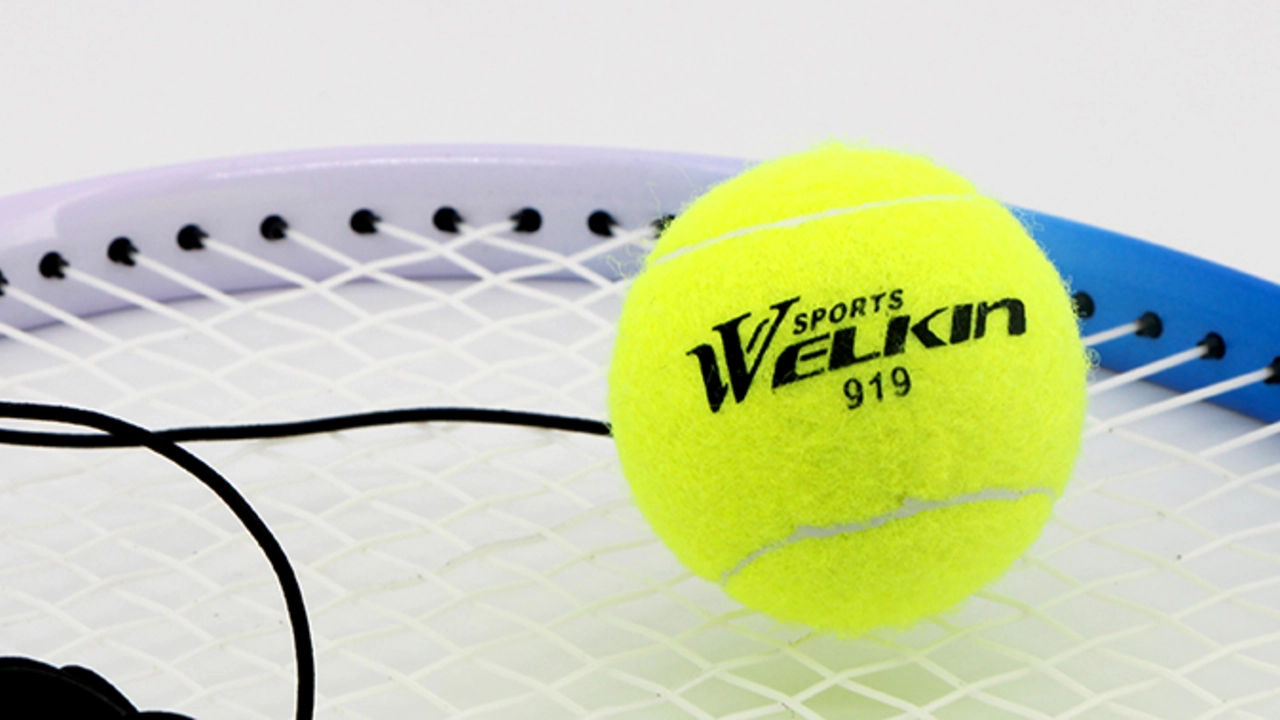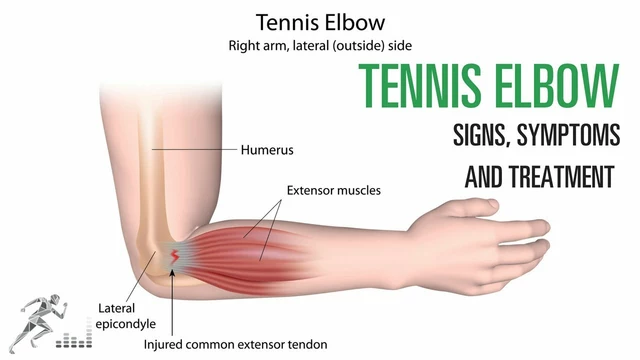The Science Behind The Air-Tight Tin
Indulge me for a moment, as I invite you deep within the world of tennis and elevate your understanding of the much-overlooked tennis ball container. The other day, I was having a chat with my spouse, Olivia, and I found myself explaining why tennis balls are packaged in an air-tight container. Olivia's curiosity was contagious, and it got me digging deeper. Why do manufacturers go through such lengths to package tennis balls?
Tennis balls take a journey right from the moment of their inception in the factories to the moment they're struck with a tennis racket. This journey has everything to do with pressurization. Consider a freshly-made tennis ball. It's full of internal pressure, which is what gives it that satisfying bounce when it hits the ground. This pressure needs to be maintained, and that's where our container comes in.
The Tiny Great Big World Inside the Canister
At first glance, the canister that tennis balls come in might appear unnecessary. However, these containers aren't just stylish packaging; they're mini-pressure chambers. Tennis balls are filled with gas to help them bounce, and the air-tight canister helps maintain this pressure intact. The moment you hear that satisfying 'pssst' when you crack open a new canister of tennis balls, you're actually hearing the pressure equalizing. This is as exciting to me as opening a new jar of coffee beans. The aroma might be different, but the authenticity of a new start is the same.
Why Tennis Balls and Not Other Balls?
Okay, Caleb, (yes, I addressed myself, happens when you're explaining things passionately) but why tennis balls? Why don't other sports balls come in air-tight containers? Well, the reason is that these other balls, like footballs and basketballs, don't rely on internal pressure to function. Their bounce comes from the air-filled bladder inside them, which is why you need to hand-pump them time and again.
However, a tennis ball bounce is a result of rubber filled with pressurized gas early on in the manufacturing process. This makes an air-tight container essential for tennis balls to keep the ideal pressure until they get to you.
The Lifespan of Your Tennis Balls
Tennis balls, once removed from their canister, gradually start to lose their gas, and thus their bounce. So, if you're a casual player who hits the court only occasionally, make sure you store your balls in airtight containers, so they keep their bounce for longer. You wouldn't want to lose that lovely bounce now, would you?
Popping the Bounce Back into Tennis Balls
This is something that intrigued me and propelled me to further my research. Is there a way to make deflated tennis balls bounce again? While the common conception is that a dead tennis ball needs to be replaced, there are products out there that claim to put the bounce back into them. These are devices that re-pressurize tennis balls. Place your ball in, wait for a period of time, and voila! More bounce for you.
The Tale of My Grand Slam Dreams
So now that you're well-versed with almost everything about tennis balls and their astounding containers, how about I share a little story from my own life? Yes? Oh excellent! You see, I once had dreams... grand dreams of Grand Slams, and it hinged on a set of newly opened tennis balls.
One sunny day (like in most of my stories), eager to impress on the court, I bought a brand new set of tennis balls for a local tournament. I mean, I was equipped with the knowledge of the magic of freshly opened, high-pressure balls and their impact on a tennis match.
However, guess what? In my overzealous enthusiasm, I opened the canister hours before the match, and my precious balls lost their prized pressure. Needless to say, I didn't perform as effectively as I'd hoped. Thankfully, now, armed with the info about how essential those containers are, that mishap was not to be repeated!
That's A Wrap
Remember, my friendly neighborhood tennis enthusiast, a tennis ball is more than just a yellow-felt-covered rubber ball. It's a marvel of sports engineering that enriches your game. Its performance is quite literally pressurized, and that's where the role of trusty air-tight containers comes into play.
So, the next time you purchase a canister of tennis balls, don't just discard it. Think of the science behind it, the journey of the tennis ball, and remember my dear ol' story. And if someone wonders why you're staring at a canister, well, you've got quite a tale to tell!






